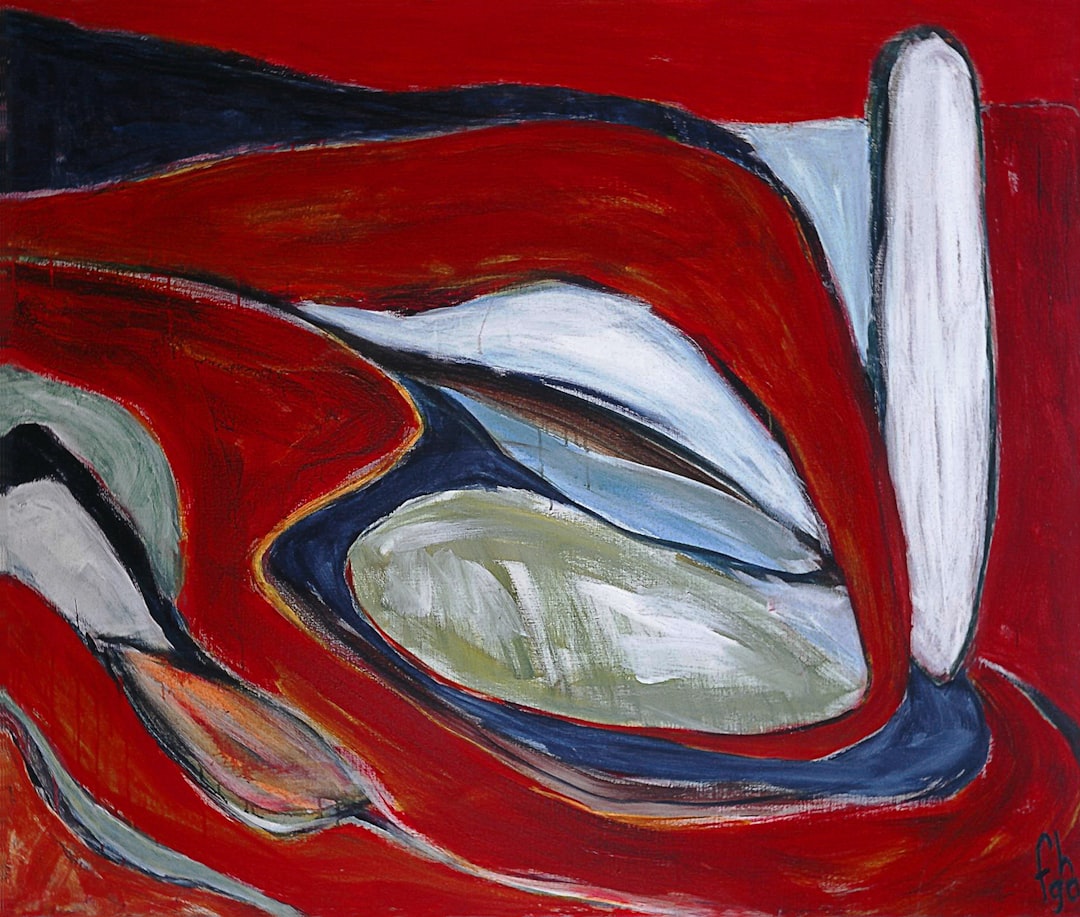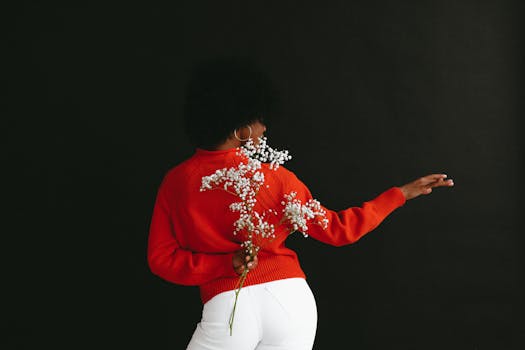
Color theory is a cornerstone of artistic and design platforms. It determines how colors blend, pair, and contrast for maximum aesthetic effect. Focusing on red, a primary color, this journey into color theory will reveal the potentials of this bold hue, shade creation tactics, and how light impacts color.

Every artist must comprehend the primary colors: red, blue, and yellow. These cardinal hues give birth to secondary shades like orange, purple, and green when mixed. Fascinatingly, red can even be produced by combining yellow and magenta, adjusting these colors' proportions to get the preferred red depth.
In the physics of color, an object manifests red when it absorbs all light wavelengths apart from those near the 700 nm—the wavelength for red. From here, red can be further generated through two processes: additive mixing and subtractive mixing, presenting artists with a versatile palette.

Beyond the primary sphere, red forms a whole spectrum of secondary and even tertiary shades. Red, when combined with other primary or secondary hues, generates marigold, tomato, burgundy, and varieties of oranges and purples. Quaternary and Quinary colors pop up when these hues are further mixed, offering unlimited possibilities.
Contrary to popular thought, red can be created from other colors via additive mixing. Additionally, although red might physically seem warm, scientifically, it is cooler than blue. Tackling these misconceptions gives artists a better understanding and control over their palette.
The art of yielding the desired red hue lies in contemplating the interaction of darkness, light, and saturation. Making a shade darker or lighter involves the addition of black or white to the hue. For warmer shades, consider introducing yellow for a sunset-like quality, while a dab of blue for cooler tones.
When working with paint, manipulating red to fit the desired aesthetic involves a thoughtful and experimental process. Experimenting with different yellows, such as cadmium yellow or yellow ochre, can create lighter shades of red. Incorporating other colors, like blue and purple, can produce darker, cooler shades.
Base reds such as alizarin crimson or cadmium red yield different outcomes when mixed. Learning this interaction can help significantly when aiming for a particular shade. Understanding the effect of other colors on red, for instance, adding green to tone down a bright red, is also vital.
Efficiency in painting involves creating swatch cards for referencing specific colors for future uses—avoiding unnecessary retrials and wastage. Thoroughly experimenting with different color blends and noting down the outcomes helps to make informed coloring decisions in the future.
For those interested in pursuing a career in art or understanding color physics, several resources can help deepen your knowledge. These include painting classes, books, and online resources. By mastering the basics of color theory and honing your craft, the canvas of possibilities is infinite.
